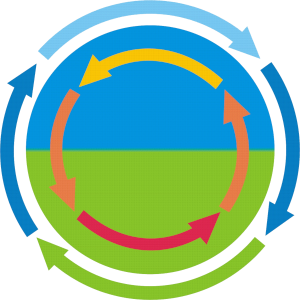A03
Parameterization of evapotranspiration partitioning function in land-surface models using water stable isotopes
Prof. Dr. Youri Rothfuss
Forschungszentrum Jülich | +49-2461-96925 |
Prof. Dr. Nicolas Brüggemann
Forschungszentrum Jülich | +49-2461-618643 |
Summary
In project A03, we analyze water component fluxes of the terrestrial water cycle by partitioning evapotranspiration (ET) into its components evaporation (E) and transpiration (T). The method is based on the non-destructive analysis of the temporal dynamics of water stable isotopologues, 1H2H16O and 1H218O, in atmospheric, soil and plant water. These analyses will be carried out in ecosystems with four specific plant functional types (PFTs) defined in CLM 5.0: managed irrigated crops, C3 grass, temperate climate needleleaf evergreen trees, and Mediterranean managed rainfed unirrigated crops. Using the gathered data, the isotope-enabled soil-vegetation-atmosphere transfer model SiSPAT-Isotope will be parameterized for field-scale simulations of T/ET for the analyzed PFTs and different climatic conditions. These modelling results will be compared to estimations of E and T using the CLM 5.0 and improve the PFT-specific modelling parameterization.
Graphical summary
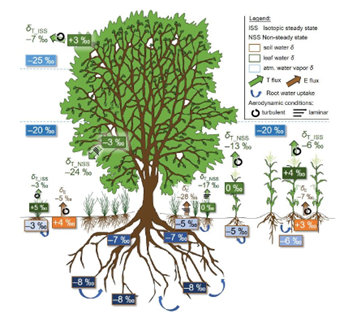
Figure 1: Possibilities and complexity of using the 18O isotopic composition of water for partitioning evapotranspiration (Rothfuss et al., 2021).
Contribution to the CRC
The project contributes to the CRC’s modelling system CLM 5.0 by providing essential information of T/ET time series for the analyzed field sites using the SiSPAT-Isotope model. These modelling results will be compared to estimations of T/ET ratios using CLM 5.0 with the goal to statistically determine systematic errors in the CLM 5.0 estimations and to update the parameters used for T/ET calculation for agricultural fields, grasslands and forest sites. Finally, simulations with the improved CLM 5.0 will provide new values for PFT-specific characteristics used in the computation of E and T fluxes.
Approach
The isotopic partitioning of ET is based on a two-end member linear mixing model (assuming complete mixing of evaporated and transpired water in the atmosphere):
![]()
Measurements of the isotopic composition of the water in each of the three components E, T and ET therefore enable the assessment of the ratio of T/ET in environment over time. Multiple field campaigns will be carried out in the different PFT environments at different times of the year over the course of the project to account for seasonal variations of the T/ET ratio and to isotopically characterize T/ET of the different ecosystems during all seasons.
Main results in 2022
Two field campaigns have already been carried out in 2022 in the C3-grassland (Rollesbroich, fall season) and Mediterranean Crop (Auradé, France, Summer season) environments. In Auradé isotopic partitioning at 2-hour-resolution was compared to daily scale, non-isotopic, field-based measurement approaches and modelling of T/ET. In cooperation with the Université de Toulouse, SiSPAT-Isotope was ran and calibrated using the 2022 Auradé summer campaign collected data to provide continuous, development stage-specific T/ET times series for the sunflower crop. Results are shown in Figure 4.
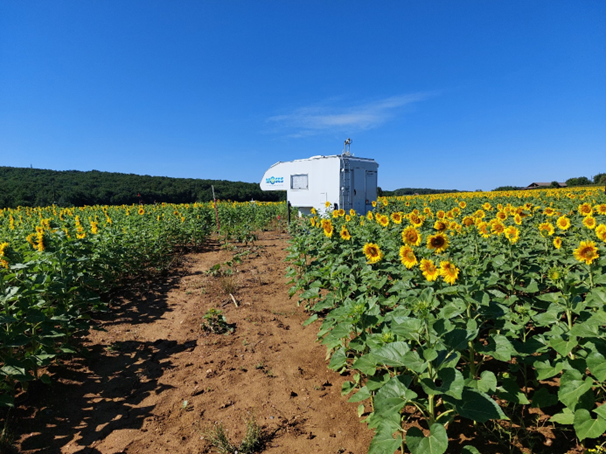
Figure 2: Field campaign in summer 2022 in the PFT ‘Mediterranean managed rain-fed unirrigated crops’, Auradé, FR.
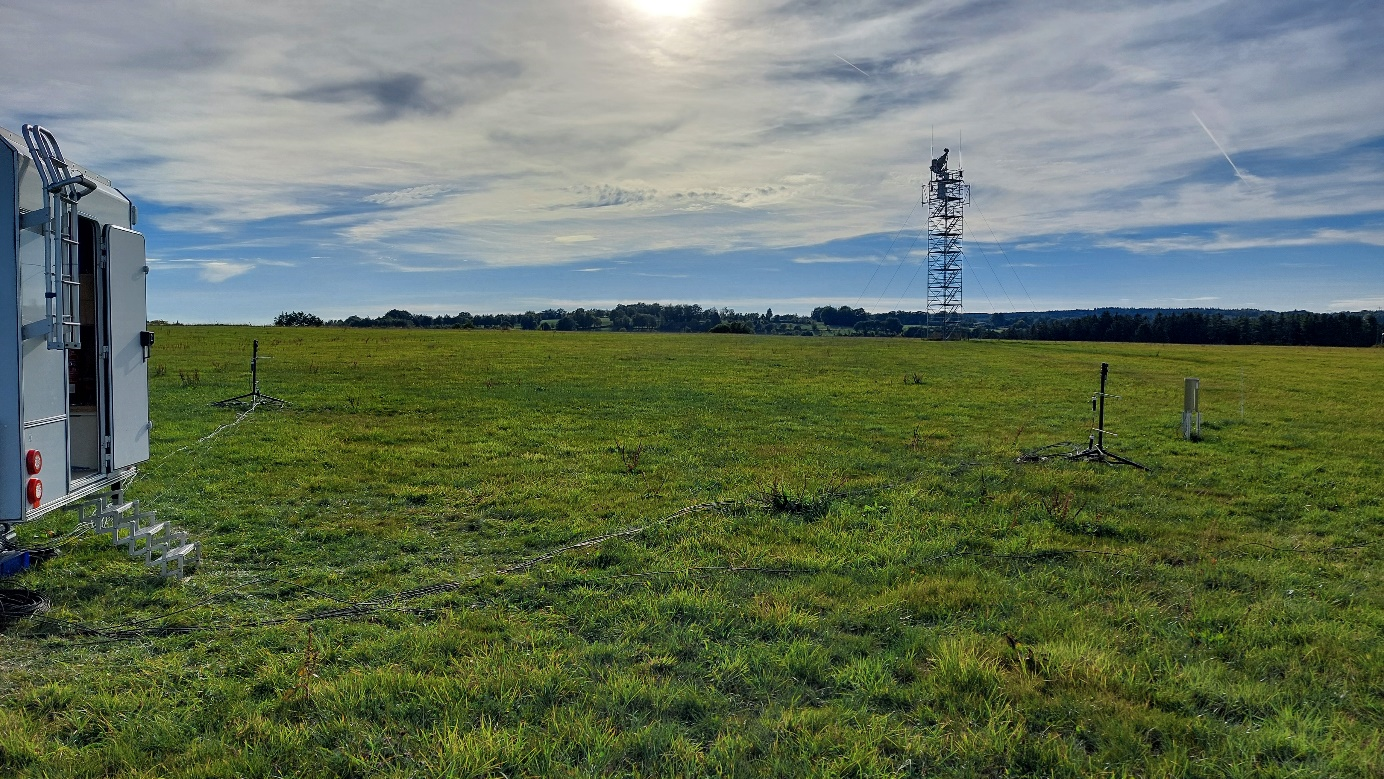
Figure 3: Field campaign in autumn 2022 in the PFT ‘Temperate grassland site’, Rollesbroich, DE.
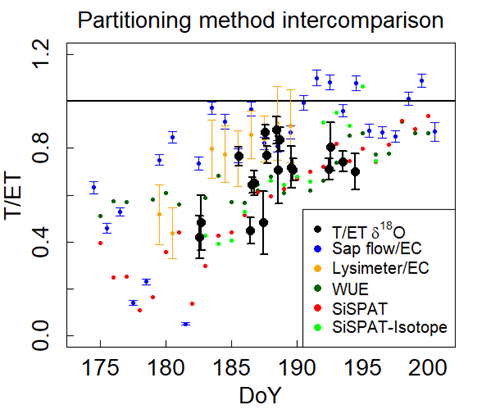
Figure 4: Comparison of partitioning methods, with field-based δ18O partitioning results nested between non-isotopic, field based measurements (sap flow, microlysimeter, EC) and modelling results (water use efficiency, simple soil-plant-atmosphere transfer models SiSPAT, and SiSPAT-Isotope)
The work focus until the next campaign is the improvement of the mobile measurement station to account for measurement uncertainties, and the preparation of the code used in the data analysis to enable efficient processing of data gathered during future campaigns.
Main results in 2023
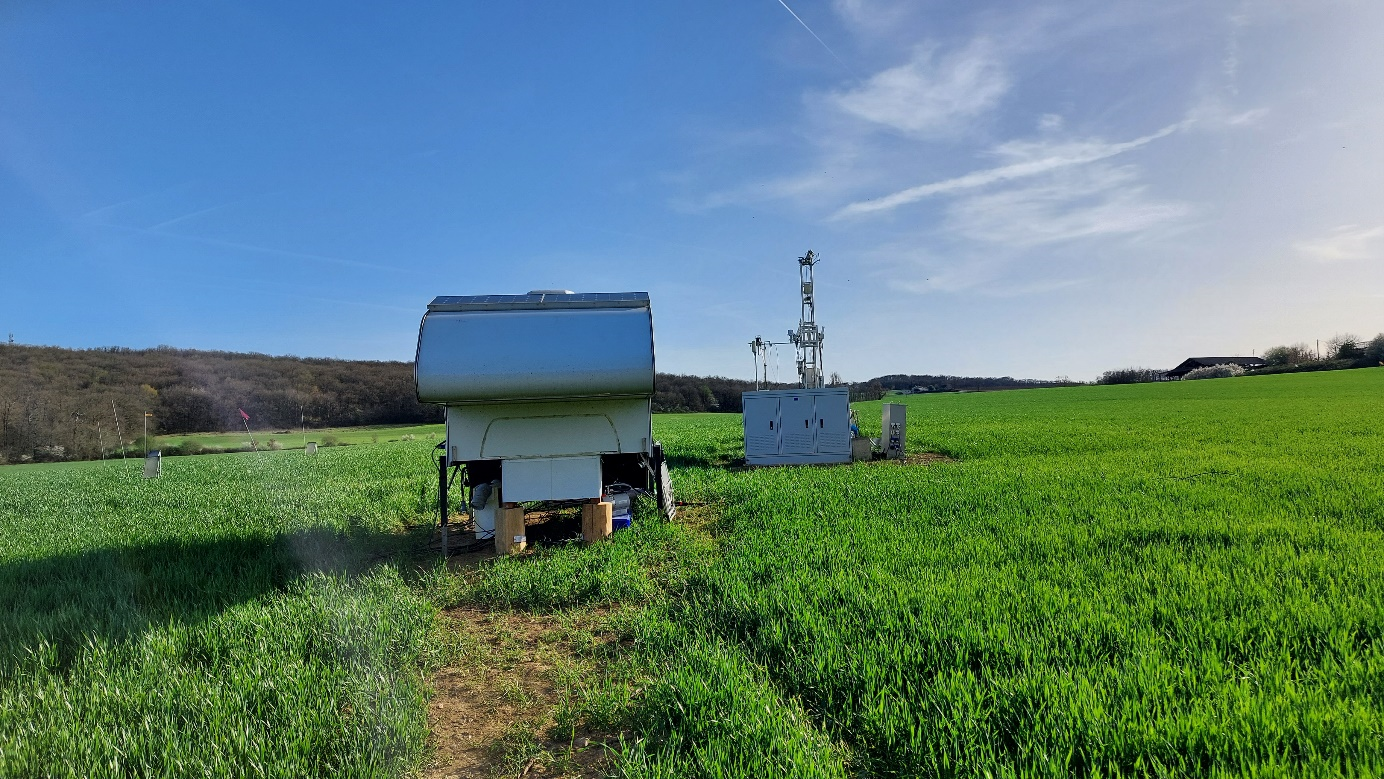
Figure 5: Winter wheat spring field campaign Auradé 2023
One field campaign was carried out in the spring of 2023 in Auradé (Mediterranean climate) for another crop type (winter wheat). The atmospheric sampling system was partly upgraded to allow for higher throughput and higher temporal resolution of the determination of the isotopic composition of Evapotranspiration, one of three terms needed to separate Evaporation from Transpiration. The previously shown modeling effort is also ongoing for the 2023 spring campaign.
Main results in 2024
The Isomobile was stationed in Selhausen (Summer, sugar beet) and the experimental setup was complemented by a set of novel soil gas probes for the online non-destructive estimation of the isotopic composition of soil evaporation.
Main results in 2025
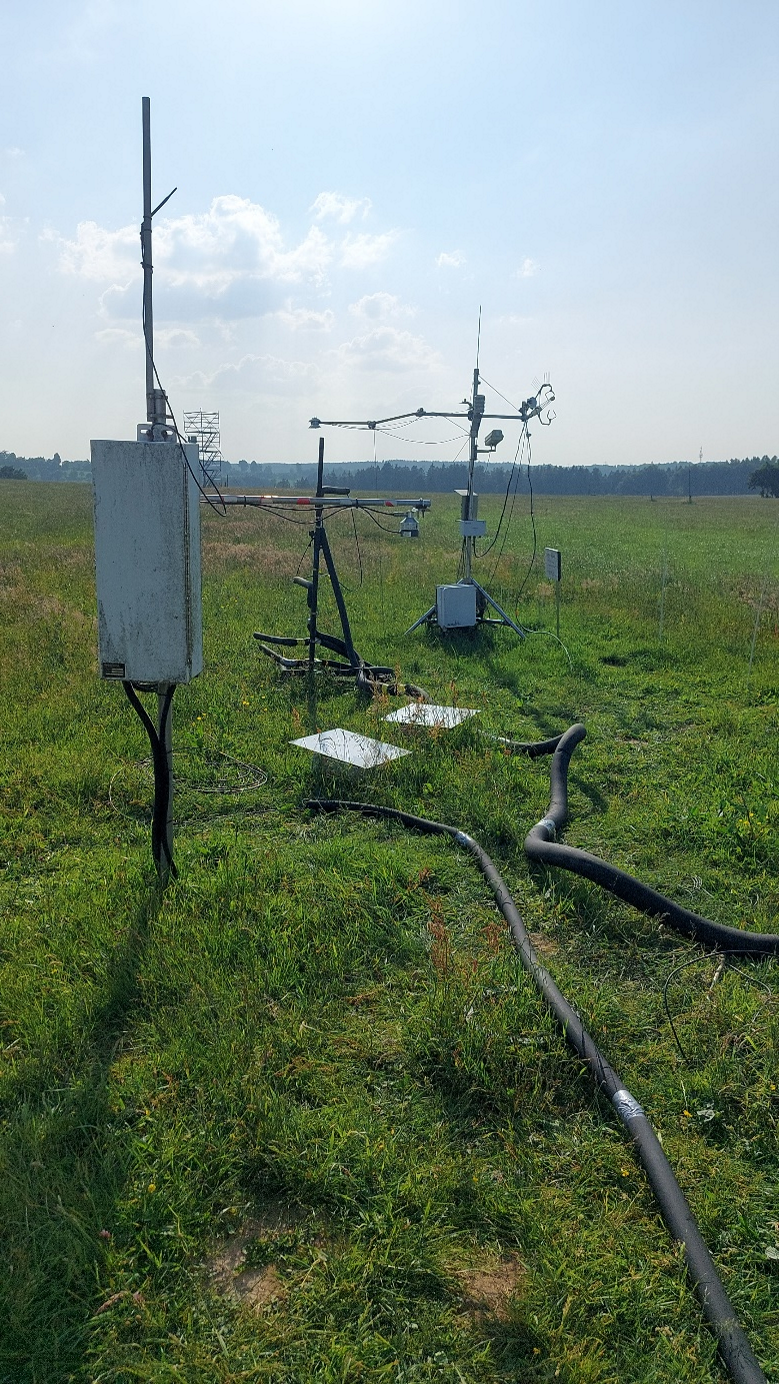
Figure 6: Current measurement setup for the grassland field campiagn Rollesbroich 2025
For its last campaign, the Isomobile is currently deployed in the C3-grassland of Rollesbroich for the spring to autumn seasons. The setup is now completed with a gas chamber for the online determination of the vegetation transpiration and ecosystem evapotranspiration. The measurement system is tuned to run automatized at a resolution of one isotopic partitioning estimation per hour, resulting in up to 12 isotopic partitioning estimations per day. Isotopic partitioning is carried out in a destructive and non-destructive manner simultaneously, with results being confronted against environmental parameters like atmospheric temperature, atmospheric humidity, VPD etc. Currently 181 hourly destructive and non-destructive isotopic T/ET measurements have been carried out, preliminary results of the destructive isotopic partitioning are shown in Figure 7.
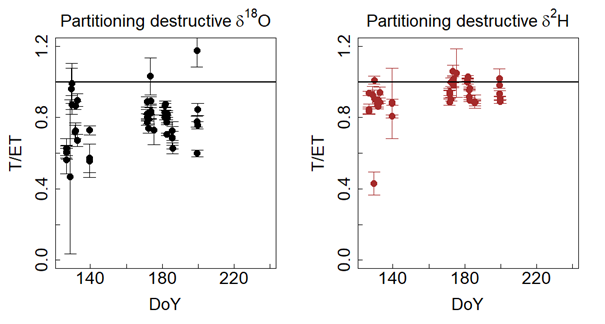
Figure 7: Hourly T/ET estimates using the destructive isotopic partitioning approach. Note, that δ2H-based partitioning is overestimated compared to δ18O-pased partitioning due to an issue with the calibration of the measurement devices. This discrepancy is currently being addressed.
